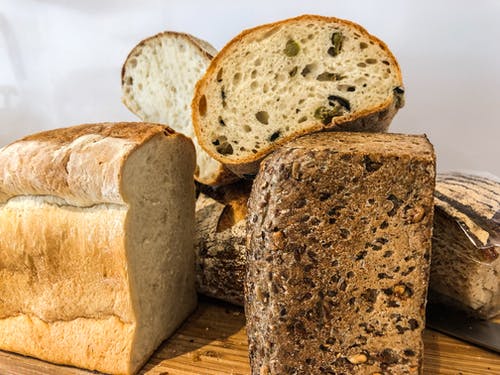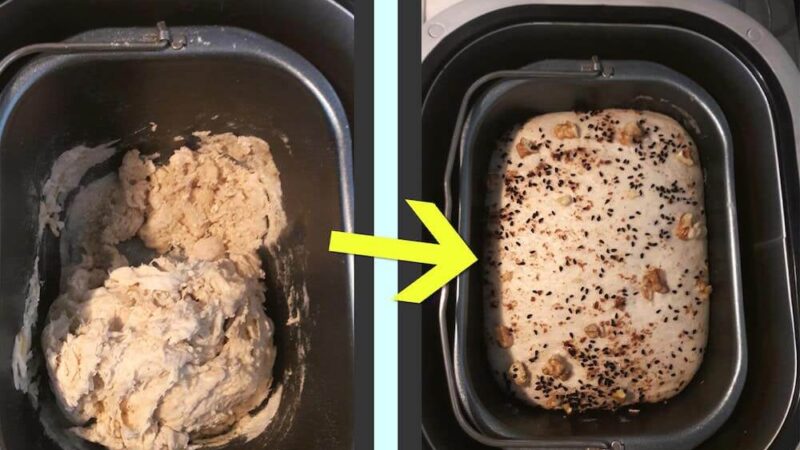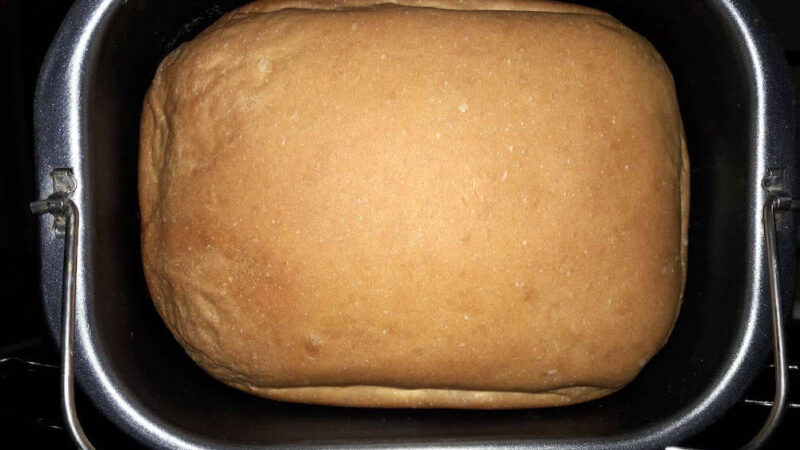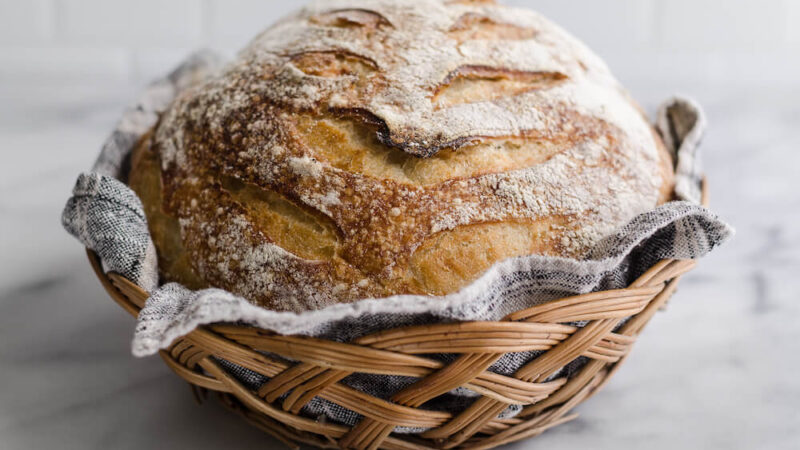History of Crepes – Origins and Their Modifications

Although the basic method for cooking crepes has remained the same for centuries, the history of the crepe is a lot more interesting than you might expect…
It’s a well-known fact that crepes make a tasty dish! What’s less well-known is just how far back they go in history.
PREHISTORIC PANCAKES
If you include prehistoric methods of cooking flour and water over a hot stone, it could be argued that the earliest crepes date back 30,000 years. These early creations, however, would have been more like a heavy flat-bread than the light, thin pancakes we now consider ‘crepes’.
YOU CAN’T BEAT THE ORIGINAL

The more traditional ‘crepe’ originated in Brittany (North West France) in the 12th Century. This was an area of France – near the coast – known for its particularly rugged landscape. Little grew in the poor soils of this rocky place – but one thing which did was buckwheat. Buckwheat flour was therefore a staple throughout Brittany, and became a key ingredient in the formation of this new and exciting dish: the crepe!
Deriving its name from the Latin word ‘curled’, the most basic version of the crepe involved a thin layer of batter being cooked over a heated surface – with appropriate flipping and folding along the way.
A DISH IS BORN
Over time, the people of Brittany refined and perfected the way they made their crepes. There was experimentation in both the cooking and the serving of the crepe.
Sweet crepes would be dusted with caster sugar whilst savoury crepes, known as ‘galettes’, would be filled with meats and cheese. In Southern Brittany, crepes would be cooked for longer to create a much crispier texture; whilst in other regions, the cooking process would focus around creating very large crepes.
VARIATIONS ON A THEME
As the crepe’s popularity grew and spread across Europe, exciting twists on the dish started to spring up. The most famous of these being the ‘Crepe Suzette’, which sees the crepe served with a sugary sauce, orange juice and an orange liqueur – the latter being set alight as the dish is brought to the table. Stories of how this dish first came into existence vary but one popular tale is that it occurred in 1895 when a young assistant-waiter accidentally set fire to the plate he was preparing for the then Prince of Wales.
Another popular twist on the traditional crepe dish is ‘Mille Crepe’ – a French cake – formed by layers of crepes placed on top of one another – with just a brush of pastry cream separating each.
THERE’S A NEW WHEAT IN TOWN
At the start of the 20th Century, white wheat-flour became much more affordable, and the softer, fluffier crepe we know today was born. Lighter and smoother in texture, these crepes were ideal for breakfast and snacks between meals – widening their overall consumption, and increasing their appeal and popularity.
THE CREPE TODAY

Now considered a national dish of France, it is not uncommon for restaurants there to serve two courses of crepes: a savoury crepe (still cooked with traditional buckwheat flour), which is coarser and darker in colour, followed by a sweet crepe (cooked with white-wheat flour) which can be served with fruit, cream or any other type of dessert accompaniment.
Looking back over the history of the crepe, it is remarkable that a dish – which began from coarse buckwheat in the hills of Brittany – would become so popular that it would be served in fine restaurants across the world.
What is clear is that with ‘crêperies’ (restaurants dedicated solely to the serving of crepes) popping up in just about every country, the crepe is here to stay!






